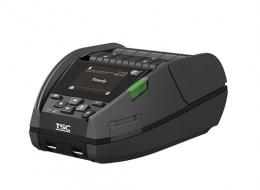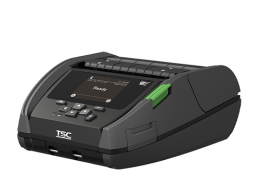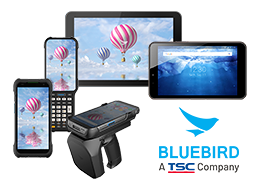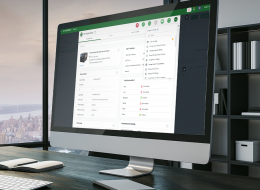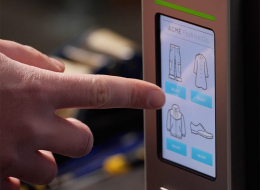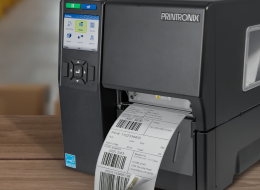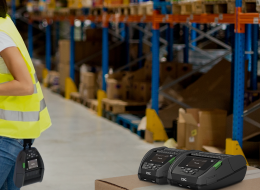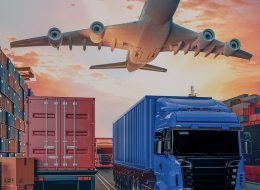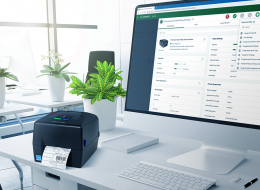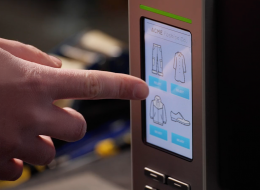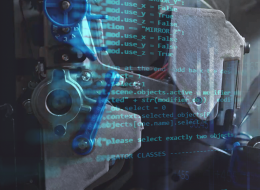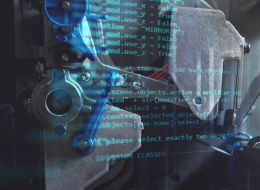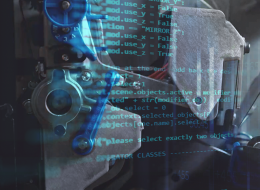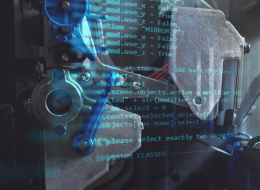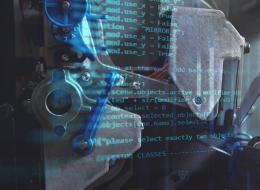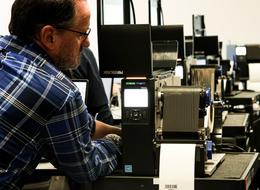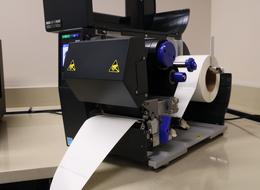Barcodes vs. RFID
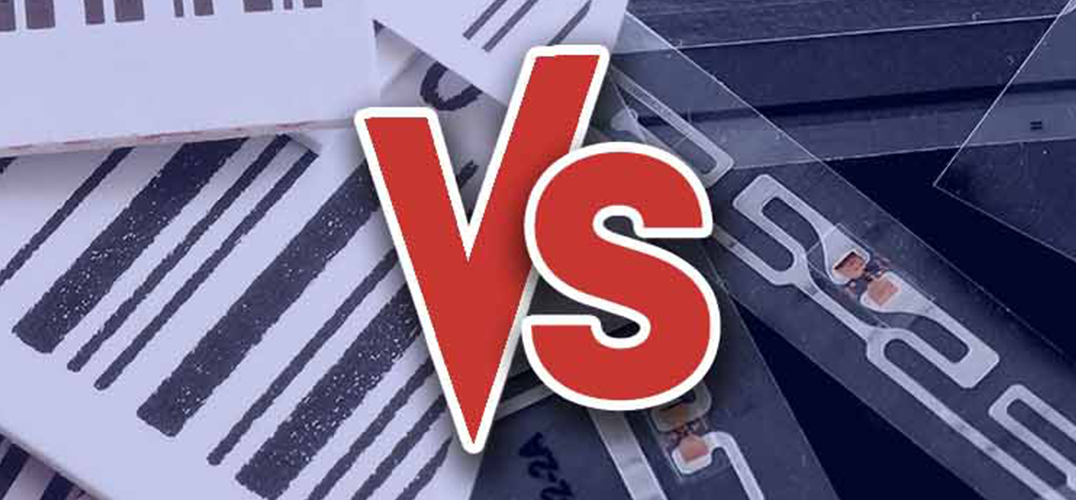
Barcodes and RFID are both types of Auto-ID labels that are used to track and capture information on products, assets and inventory. Both can be used for tracking goods through the supply chain and managing inventory in retail stores. Which one is right for your customers?
Similarities Between RFID and Barcodes
In addition to both being used in data collection and tracking, barcodes and RFID are similar in a number of other ways. Both of them:
- Provide information on assets or products with the use of a specialized tag or label to identify and provide information on products or assets.
- Read tags and access data with the use of either a fixed or handheld scanning device.
- Can be attached to boxes, pallets or individual products.
Differences Between RFID and Barcodes
Although there are similarities between barcodes and RFID, there are also significant differences between these data collection tools. These include:
- How They Work: A barcode is a visual way to access data. It is made up of a sequence of lines or other shapes that is read using a visual scanner. RFID involves a tag that uses a special inlay that transmits radio waves. The information stored on the RFID tag is read when it passes through the frequency field of a specialized scanning antenna.
- Cost: Barcode labels can be incredibly economical, especially when purchased in large volume. There is more upfront cost for RFID. Although the cost for both RFID tags and readers have fallen significantly, RFID is generally the more costly option. However, it’s possible to achieve a relatively fast return on investment where RFID can add operational value compared to barcodes.
- Line of Sight Requirements: In order to visually detect the light and dark spaces that make up a barcode, barcode scanners require a direct line of site. Because RFID data is transmitted via radio waves, scanners can access this data without pointing directly at the tag.
- Read Distance: Barcode scanners generally need to be within a few feet the label to scan it. Read ranges for RFID are significantly higher, in some cases 30 feet or more.
- Number of Tags Read Simultaneously: Barcodes can only be scanned one at a time. RFID, on the other hand allows for many tags to be read simultaneously. This makes it possible for an RFID scanner to scan entire pallets or shipments at once.
- Volume and Type of Information: One of the great benefits of RFID is that it can use a unique serial number on each and every item, easily allowing item-level identification. The data accessed with a barcode is usually more limited.
Which is Better – RFID or Barcode?
There is no one absolute answer for whether RFID or barcodes are better. Answering the question of which type of auto-ID data capture system is better will depend on many variables. The following are some of the considerations that determine whether RFID or barcode would be better for your customers.
- Item Size, Shape and Location: Due to the way that barcode and RFID labels are read, the size, shape, location and orientation of items can play a large part in determining which tracking method will work best. Is it easy to access the tag for visual scanning using a handheld or mounted reader? Are are all of the tags or labels facing roughly the same direction? Are the items inside crates or boxes where they would need to be removed to visually access the tag? Do items need to be scanned individually, or is there a benefit to scanning entire pallets?
- Scanned Item Value: In general, RFID labels are more useful for higher value assets. As the cost of the item goes up, so does the value of RFID. Barcodes are usually going to be the better choice for low value items. This is especially the case if the cost of the item being tracked is less than the cost of an RFID tag where barcodes would most likely be the best choice.
- Supply Chain Issues: Utilizing the same data collecting and tracking process (one that utilizes the same label format and tracking system) throughout the supply chain can provide significant operational and cost benefits. RFID continues to grow in popularity and use, but it is still not as widely used as barcodes. If your customer is working with a vendor or supplier who doesn’t have RFID capabilities, it can limit the group of suppliers and vendors they can work with.
- Item Information Tracked: Barcodes work very well for providing basic information about all of one product. For example, if you were to scan a barcode on a bottle of a retail nutraceutical label, you could access SKU, price, whether the item is in stock, and add or remove it from inventory. On the other hand, RFID tags can encode considerably more information - on a per unit basis. The RFID label on that same nutraceutical product could provide additional specifics to the individual item such as when and where the individual bottle was manufactured, where it’s been since then and any possible recalls.
Combining Barcodes and RFID
RFID is often portrayed as a replacement to barcoding, but many companies choose to use both technologies together. Special thermal printers can print barcodes and encode the RFID tags, creating a “smart label”. The combined solution can provide several benefits including:
- Increased Supply Chain Availability: Using both technologies can decrease the need for relabeling as the product makes its way through the supply chain and allow all of the players to access the data regardless of whether they have implemented RFID. Manufacturers and distributors who use RFID can leverage the time saving and increased information provided with the RFID tag, while a retail business that may only use barcode technology will be able to scan the product’s barcode.
- Backup Information: If an RFID chip is damaged, a barcode can serve as a back-up for accessing the data. This is similar to how the human readable UPC number on a damaged barcode allows someone to manually enter the number to access the information.
Whether your customers need barcodes, RFID or a combination, Genuine Supplies, powered by DLS has all of the labels you need.

